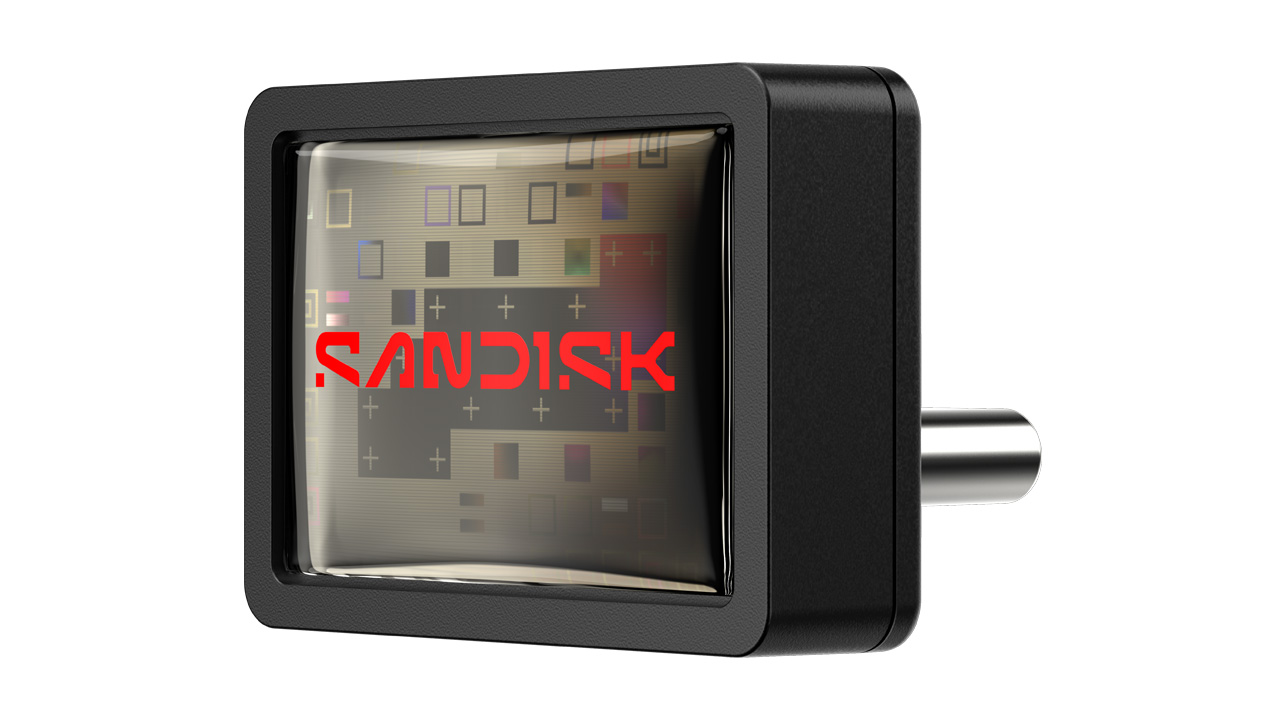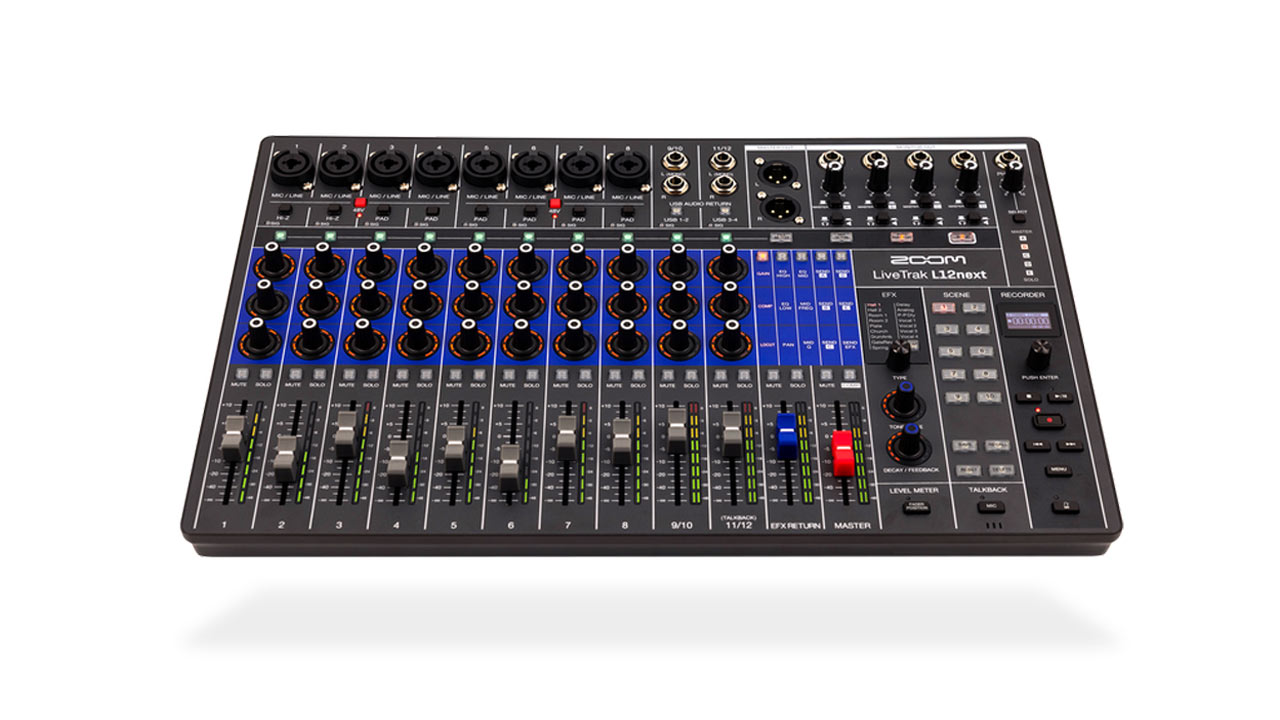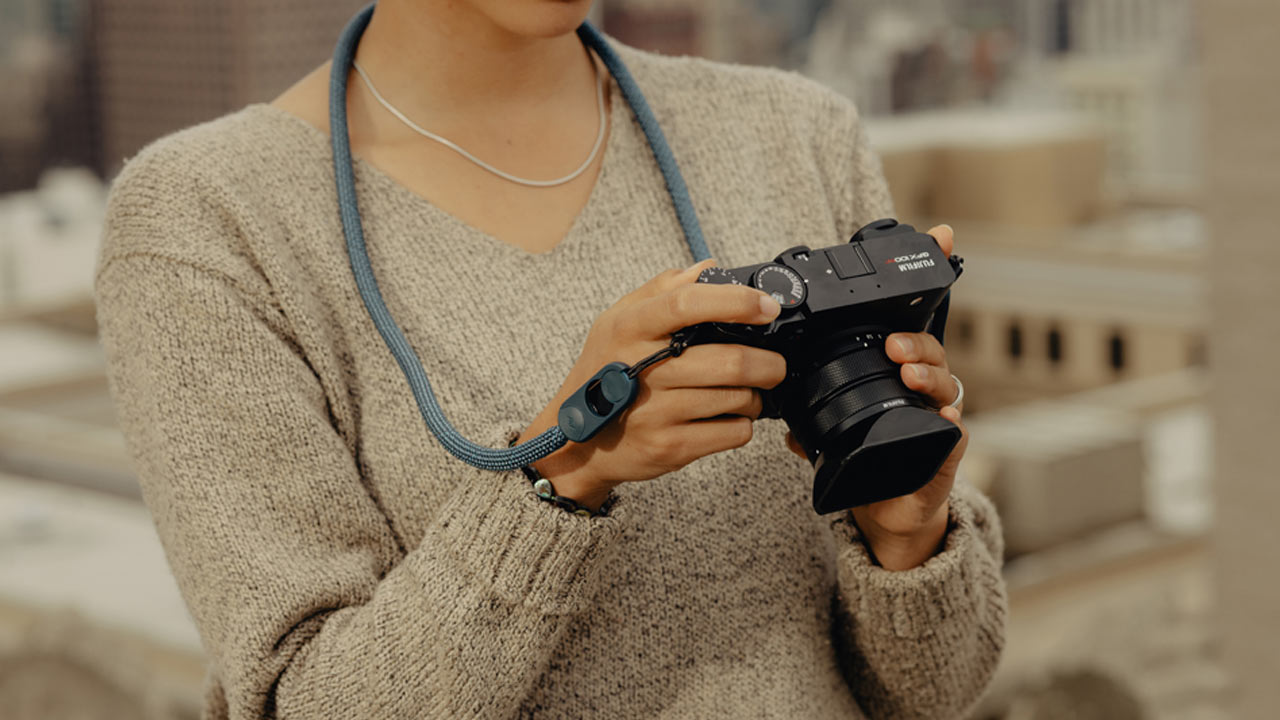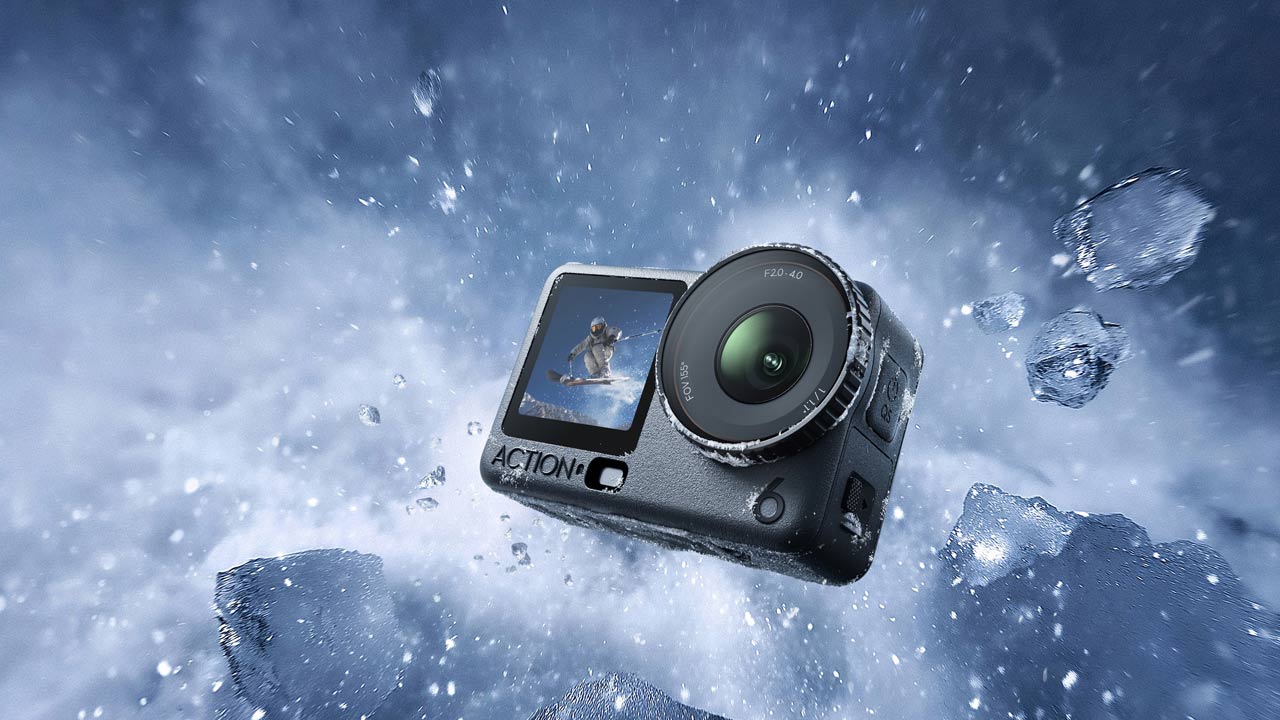PTZ Camera Review
Originally written in Japanese by Yuto Izumi
![Vol. 05 Tripod Edition [PTZ Camera Review] Main photo](https://jp.static.pronews.com/pronewscore/wp-content/uploads/2023/10/231029_PTZ-TRIPOD_01-1.jpg)
In This episode of the PTZ Camera Review, we take a look at various tripods that are designed to work with your PTZ Cameras. With the varied functions of these cameras, it is imperative for producers to mount them appropriately.
Table of contents
- Heiwa Seiki Kogyo “LX-ePed”
- Vinten「PTZ-AP2F」
- Heiwa Seiki Kogyo “LX5”
- Wrap-up
People who use a PTZ camera mounted on a regular video tripod often have some kind of dissatisfaction, such as “limitation of full extension height,” “vibration in camera operation,” and “optimization of functions for PTZ cameras.” As a response, several companies are starting to release tripods for PTZ cameras. Let us try some of these tripods outa.
Heiwa Seiki Kogyo “LX-ePed”
![Vol. 05 Tripod Edition [PTZ Camera Review] Explanation photo](https://jp.static.pronews.com/pronewscore/wp-content/uploads/2023/10/231029_PTZ-TRIPOD_30.jpg)
Heiwa Seiki Kogyo’s “LX-ePed” is a pedigital that lifts and lowers electrically. The stroke width is 400mm and can be adjusted up and down remotely. PTZ cameras can be panned, tilted, and zoomed remotely, but lifting and lowering had to be done manually. I thought that this problem could be solved with LX-ePed, and I had been curious about it for a while.
The Lineup
The LX-ePed series has a lineup of ground spreader type and dolly type. The ground spreader type can achieve a height of 247cm, and the dolly type can achieve a height of 261cm.
The standard controller is compact and easy to use. It can be operated up and down, and the speed changes depending on the angle at which the lift lever is tilted. The more you push it in, the faster it will move, and if you push it down just a little, it will move slower. The main unit and controller are connected using the included LAN cable (30m).

![Vol. 05 Tripod Edition [PTZ Camera Review] Explanation photo](https://jp.static.pronews.com/pronewscore/wp-content/uploads/2023/10/231029_PTZ-TRIPOD_24.jpg)
The Main Unit of the LX-ePad
The main unit is equipped with LAN and DC terminals. Since two cables come out from the main unit, setup will be a bit difficult. For example, it might be possible to consider a method that supports PoE and supplies and controls it with a single LAN cable. My recommendation is to use the optional VM-12V. It is possible to power the entire product from a V-mount battery.
![Vol. 05 Tripod Edition [PTZ Camera Review] Explanation photo](https://jp.static.pronews.com/pronewscore/wp-content/uploads/2023/10/231029_PTZ-TRIPOD_03.jpg)
One thing that always bothers me on set is that I can’t decide on the height of the camera unless people enter the venue. When people actually entered the venue, it was often the case that the camera had to be raised a little higher. In such cases, using the LX-ePed was very convenient as you could easily adjust the height.
Video of operation
There were two points that bothered me when using the LX-ePed. I didn’t notice any operating noise at all during the demo at the equipment exhibition, but the motor noise becomes noticeable when I’m on a quiet site. If it’s a seminar with a specific scene, you might be interested.
Additionally, when the screen was raised to its maximum level, the screen shook slightly (at around 1 minute and 11 seconds in the video above). If you want to use vertical elevation for production, it seems necessary to be aware of the extreme limits.
By the way, the center screw of the BL-F (Flat Base Conversion Adapter) uses a two-stage structure: a large screw on the outside and a small screw on the inside. It is possible to use the camera and pan head without being affected by screws, and it seems to free you from the trouble of not having the correct size. I would like other tripods to follow suit and adopt it.
![Vol. 05 Tripod Edition [PTZ Camera Review] Explanation photo](https://jp.static.pronews.com/pronewscore/wp-content/uploads/2023/10/231029_PTZ-TRIPOD_02.jpg)
![Vol. 05 Tripod Edition [PTZ Camera Review] Explanation photo](https://jp.static.pronews.com/pronewscore/wp-content/uploads/2023/10/231029_PTZ-TRIPOD_20.jpg)
![Vol. 05 Tripod Edition [PTZ Camera Review] Explanation photo](https://jp.static.pronews.com/pronewscore/wp-content/uploads/2023/10/231029_PTZ-TRIPOD_21.jpg)
Lastly, the LX-ePed we evaluated this time was a dolly type with wheels, but the results were good. The column body (center part) of the LX-ePed is heavy, and there is no dedicated carrying case, making it difficult to move. In that respect, the model with a dolly was helpful in terms of portability. If you want to bring it to each studio for use, I would recommend the dolly type option.
![Vol. 05 Tripod Edition [PTZ Camera Review] Explanation photo](https://jp.static.pronews.com/pronewscore/wp-content/uploads/2023/10/231029_PTZ-TRIPOD_25.jpg)
Vinten「PTZ-AP2F」
![Vol. 05 Tripod Edition [PTZ Camera Review] Explanation photo](https://jp.static.pronews.com/pronewscore/wp-content/uploads/2023/10/231029_PTZ-TRIPOD_04.jpg)
From the Vinten brand, we tested the system PTZ HD tripod “PTZ-AP2F” and the PTZ camera mounting system “Universal PTZ Plate (V4166-1001)”. The PTZ-AP2F package includes a 100mm ball head, a Vinten Pozi-Loc tripod, a universal PTZ plate with two camera screw mounts, and a ground spreader.
The appeal of the PTZ-AP2F is the lightness of the tripod itself. It’s made of aluminum and is easy to move around. Also, the head has the same 100mm ball head mechanism as a regular tripod, and I liked that the angle could be adjusted.

PTZ Camera Capable Tripod Head
The PTZ-AP2F’s head is the same as the LX-ePed, and uses a 100mm ball head, making it possible to remove the head from the tripod. Additionally, the half bowl adapter and PTZ camera plate can be removed using four hexagonal screws. The setup process is to connect the PTZ plate to the camera, fix the PTZ plate and camera head with hexagonal screws, and place it on a tripod.


Whats the Challenge?
It may seem like a trivial task when explained in writing, but it is a difficult task to attach these four screws after attaching the camera to the PTZ camera plate (as shown in the photo below). For example, when a large PTZ camera like Canon’s CR-N700 is combined with a large Universal PTZ Plate, it is a heavy and time-consuming process.
![Vol. 05 Tripod Edition [PTZ Camera Review] Explanation photo](https://jp.static.pronews.com/pronewscore/wp-content/uploads/2023/10/231029_PTZ-TRIPOD_28.jpg)
This is the same as hanging a PTZ camera from the ceiling, and is ideal if it is permanently installed in a studio and will not be moved. On the other hand, if you want to bring it to another outdoor venue and use it, setting it up may be a bit of a hassle.
Based on the above, the PTZ-AP2F is a tripod recommended for permanent studio use. The 100mm ball makes it possible to use it as a regular tripod as well.


![Vol. 05 Tripod Edition [PTZ Camera Review] Explanation photo](https://jp.static.pronews.com/pronewscore/wp-content/uploads/2023/10/231029_PTZ-TRIPOD_29.jpg)
Heiwa Seiki Kogyo “LX5”
![Vol. 05 Tripod Edition [PTZ Camera Review] Explanation photo](https://jp.static.pronews.com/pronewscore/wp-content/uploads/2023/10/231029_PTZ-TRIPOD_07.jpg)
Heiwa Seiki Kogyo’s “LX5” is a tripod system exclusively for medium to large-sized remote cameras. High cost performance has been achieved by intentionally narrowing down the functions for remote cameras.
Of the three models we tested, the LX5 is the most portable. Although its functions are limited, it is recommended for the mobile user.
What I was concerned about was the position of the adjustment lever. Compared to the TH-Z, the LX5 has the lever in a higher position. This pan stick would not be a problem if it was a small PTZ camera like the Sony SRG-A40, but it sometimes would conflict with large models like the AVITOK or the CR-N700.
If it’s purely a tripod for a remote camera, there should be no problem without the pan stick. If you decide to attach it, the ideal location would be the same as the TH-Z.
![Vol. 05 Tripod Edition [PTZ Camera Review] Explanation photo](https://jp.static.pronews.com/pronewscore/wp-content/uploads/2023/10/231029_PTZ-TRIPOD_06.jpg)
![Vol. 05 Tripod Edition [PTZ Camera Review] Explanation photo](https://jp.static.pronews.com/pronewscore/wp-content/uploads/2023/10/231029_PTZ-TRIPOD_16.jpg)
That’s about all I have to worry about. It’s just a normal tripod in a sense, and it’s very easy to set up. There was also a level on the main body, and a spring was installed inside to prevent it from tipping forward or backward.
PTZ Camera Review Vol. 5 Wrap Up
We tested three types of tripods this time. However, the user will always make the best choice for their projects.
I recommend the LX5 as your first tripod after purchasing a PTZ camera. The head is a plate type and can be removed. Anyone who has used a tripod can use it right away with little learning curve. It doesn’t require any particularly complicated knowledge, and I was impressed by the tripod-like operability in a sense.
Vinten’s PTZ-AP2F seems to be the perfect choice as a PTZ camera tripod for intermediate-level users.
Among the devices we tested this time, the LX-ePed was special.
Up until now, adjusting the top and bottom of a PTZ camera after mounting it was a difficult task. Even if I wanted to raise or lower the camera slightly, adjusting the tripod’s three legs was a laborious task, and I sometimes had to lower the camera completely and stretch the legs. That’s why I feel the LX-ePed is of high value. The “BL-F (flat base conversion adapter)” part was an integrated plate and was easy to set up.
We hope that you will use this article as a reference to select the optimal tripod for your PTZ camera.

Yuto Izumi|Profile
Director of AVC Business Department, Kaminari Co., Ltd. An expert at video production in general, including multi-cam recording and distribution, and works on video production using the latest equipment. In recent years, he has been involved in a wide range of projects. These including live broadcasting of the Fukuyama Ashida River Fireworks Festival, as well as e-Sports video production such as TOYAMA GAMERSDAY. He also supports students’ video production activities as the executive director of the High School Broadcasting Equipment Exhibition.











